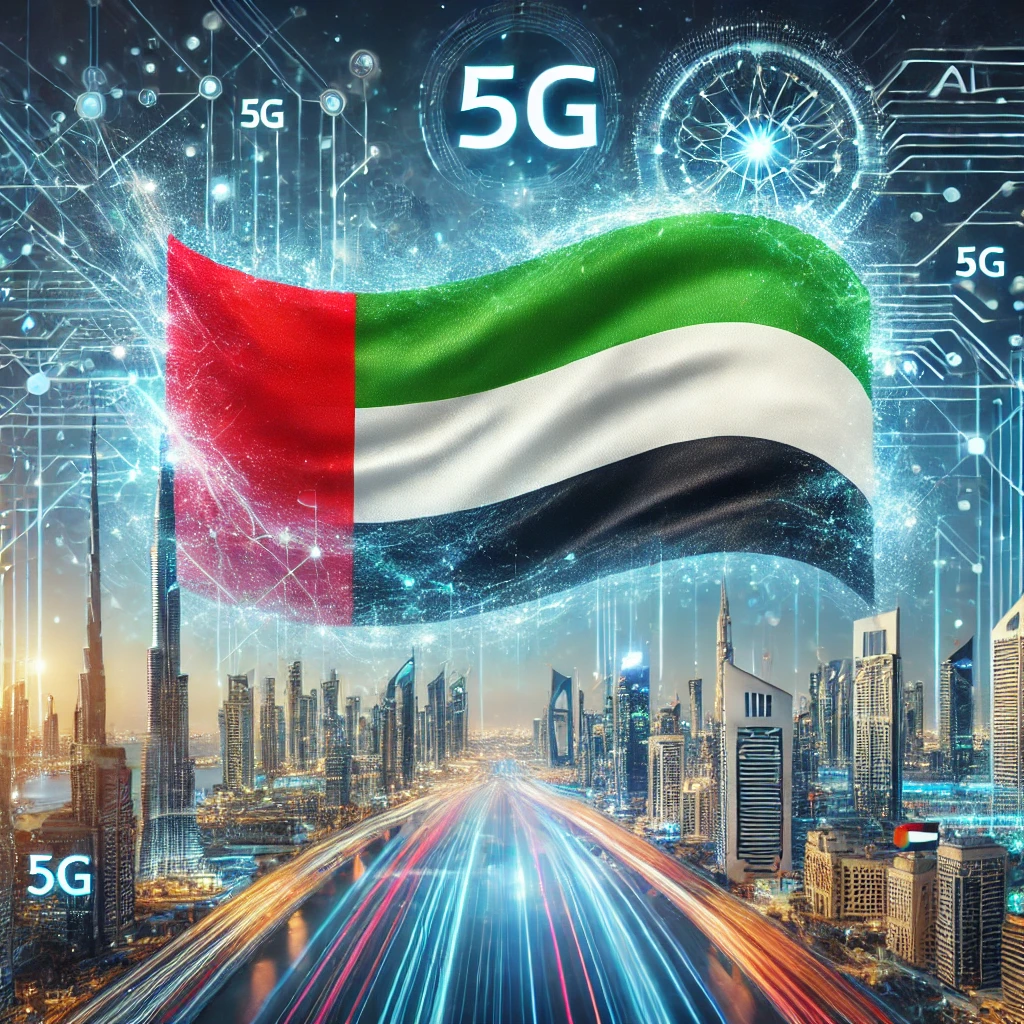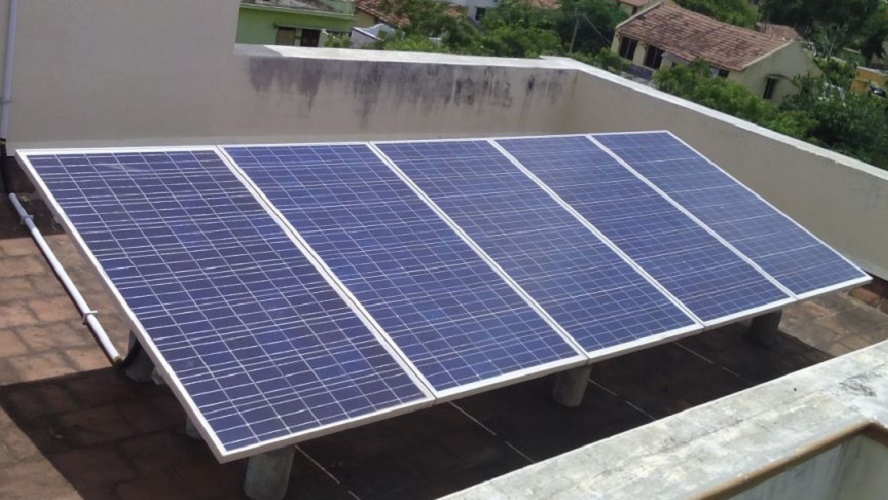Discover Dubai’s Outdoor Magic Before the Heat
In addition to the skyrocketing buildings, fine shopping and family-friendly entertainment, outdoor attractions in Dubai are something quite special—especially in the chilly months. When it gets warmer, many of these seasonal activities begin to close.
You have never been to Dubai before and it’s never been this good – both as a resident and a visitor. Now is a great time to explore some of the best outdoors in Dubai before the warm weather hits, from flower gardens to cultural festivals and exotic adventures in the wilderness.
Dubai Miracle Garden – A Blooming Masterpiece
Amongst some of the most bespoke flower parks in the world, Dubai’s Miracle Garden is home to over 150 million flowers in stunning arrangements, and is one of the most visited outdoor attractions in Dubai.
Visitors can also take a detour around the expanded Smurf’s Village, themed floral tunnels, heart-shaped arches and glowing night displays, as well as the Emirates A380 floral structure – the biggest in its class.
📅 Closing Date: April 30, 2025
📍 Location: Al Barsha South
🕒 Best Time to Visit: Early morning or evening
Image/ALT Text: “Milk blooming and heart-shaped tunnel at Dubai’s Miracle Garden – outdoor attraction in Dubai”
Global Village – A Cultural Celebration
Global Village is the only outdoor theme park in the world to combine entertainment, shopping and cultural experience into one. With over 90 countries represented it truly is a world tour from Dubai.
Each pavilion sells their country’s traditional clothing, souvenirs and food. The kids will love the fair and adults will enjoy live performances, fireworks and seasonal shows.
📅 Closing Date: May 11, 2025
📍 Location: Sheikh Mohammed Bin Zayed Road
🕒 Best Time to Visit: Weekday evenings for fewer crowds
Image (Alt Text): “Dubawan night view on Global Village pavilions with lights”
Hatta Wadi Hub – Nature and Adventure Await
Looking to escape the city? Head to Hatta Wadi Hub, one of the best nature-based outdoor attractions in Dubai. Set in the Hajar Mountains, it offers adrenaline-pumping activities and stunning landscapes.
Mountain biking, axe throwing, ziplining, zorbing, wall climbing and even kayaking in the nearby Hatta Dam can only be a few of the adrenaline-fuelled activities on offer here for thrill-seekers and nature lovers as well.
📅 Closing Date: Expected end of April 2025
📍 Location: Hatta, Dubai outskirts
🕒 Best Time to Visit: Late afternoon for cooler temperatures
Image (Alt Text): “Youth trying their luck while being outdoors at Hatta Wadi Hub in Dubai”
Dubai Safari Park – A Wild Experience
If you’re into animal watching you definitely need to include Dubai Safari Park on your itinerary. It covers 119 hectares and has over 3,000 animals including lions, elephants, giraffes, crocodiles and birds.
You can even go on a Safari bus to explore many different areas like the African Savannah, Asian Village, and Explorer Village, as well as enjoy educational shows and interactive exhibits for families.
📅 Closing Date: Typically by early May
📍 Location: Al Warqa 5
🕒 Best Time to Visit: Morning for active animal viewing
Image: Alt Text: “Giraffes and visitors at Dubai Safari Park – outdoor wildlife attraction”
Ripe Market – A Local Weekend Favorite
Ripe Market is more than a farmer’s market. It’s an entire day of community action offering fresh produce, handmade products, food stalls, live music, yoga classes and children’s activities.
Held at various open-air venues like Zabeel Park and Academy Park, it supports local entrepreneurs while offering a relaxed day out. It’s one of the more laid-back outdoor attractions in Dubai, perfect for weekend outings.
📅 Closing Date: Early May (dates vary by location)
📍 Multiple Locations
🕒 Best Time to Visit: Morning or early evening
Image (ALT text): “Made up crowds enjoying live music at Ripe Market (Dubai outdoor destination)”
Extra Outdoor Gems Worth Checking Out
-
Dubai Fountain Boardwalk
As close as you can ever get to the world’s largest choreographed fountain show. -
The Beach at JBR
Plunge into the sun, swim or eat on the sea with buzzing atmosphere. -
Al Qudra Lakes
A peaceful desert escape with biking paths and birdwatching. -
Mushrif Park
Home to an adventure park and international village replicas.
These may not have seasonal closures but are still best appreciated before the climax of summer.
How to Make the Most of Outdoor Attractions in Dubai
The best way to enjoy these things, before the summer heat sets in, are these tips:
-
Go early or late to avoid midday heat
-
Book tickets online to skip queues
-
Dress comfortably and wear sun protection
-
Stay hydrated and bring a reusable water bottle
-
Weekdays tend to be less crowded
Final Thoughts: Explore Dubai Before Summer Hits
Especially if you’re an outdoor enthusiast, Dubai’s winter months can be your ticket to the outdoors. Before the heat of summer takes hold, check out the city’s most exciting seasonal activities, from floral design to cultural events to wildlife and adventure escapes.
Whether you’re a tourist or resident, now is the time to explore the outdoor attractions in Dubai before they go on summer break. Don’t wait too long—the best memories are made in the great outdoors!












